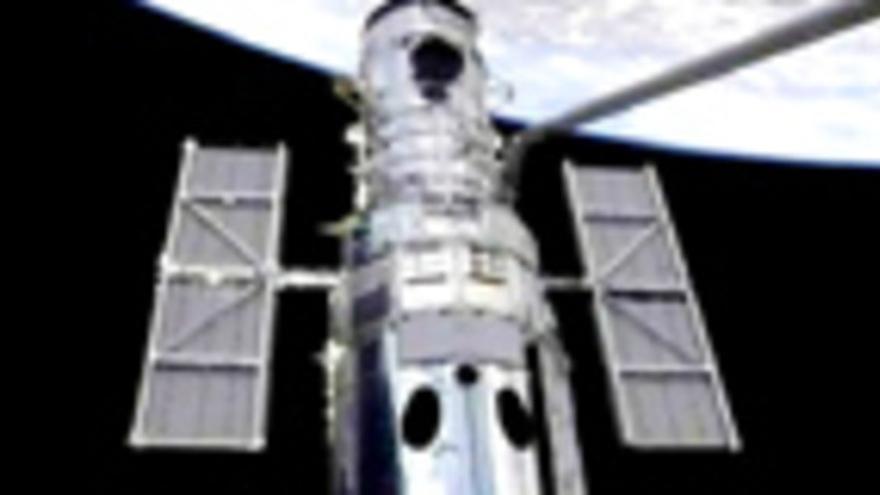Smack dab in the center of this Hubble telescope image, between distant stars and even more distant galaxies, lies the newly discovered dwarf galaxy Donatiello II.
Donatiello II is one of three newly discovered galaxies so difficult to detect that were not detected by an algorithm designed to search for candidate galaxies in astronomical data.
Even the best algorithms have their limitations when it comes to distinguishing very faint galaxies from individual stars and from background noise. myIn the most difficult cases, discoveries must be made the old-fashioned way, that is, by a human being dedicated to trawling the data, explains NASA in a statement.
Related news
The data that enabled these discoveries was collected by the Dark Energy Survey (DES) and was processed and analyzed by amateur astronomer Giuseppe Donatiello. Analysis of it resulted in three very faint galaxies, now named Donatiello II, III and IV respectively. All three are satellites of the well-known Sculptor galaxy (also known as NGC 253), which means that they are gravitationally bound to their much more massive companion.
This image is from a NASA/ESA Hubble Space Telescope Observing Program. Based on their own independent search, a team led by Burçin Mutlu-Pakdil pulled Hubble for long-exposure images of several faint galaxies, including Donatiello II. With Hubble images, you can confirm the association of your target galaxies with NGC 253 – so it will be an independent confirmation of Donatiello’s discovery, like this image.

